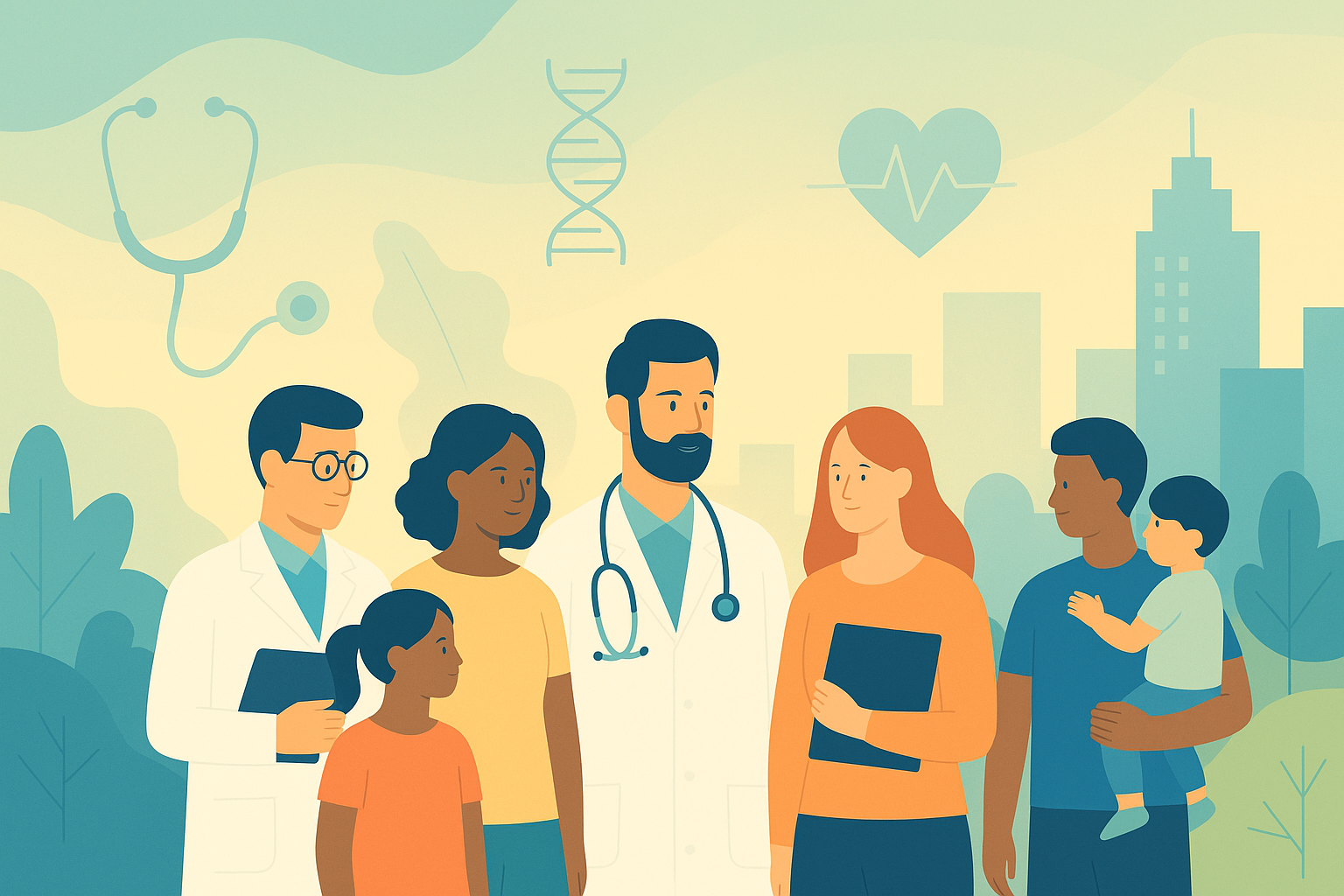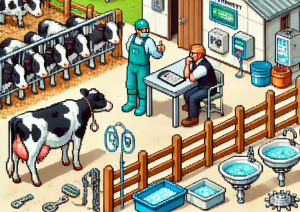
Lifesaving Naloxone: Trends and Impact
In the ongoing battle against the opioid crisis, one tool has emerged as a critical lifesaver: naloxone. This medication can reverse opioid overdoses, making it a vital resource in a nation where opioid-related deaths have reached alarming levels. A recent study published in the Journal of the American Medical Association (JAMA) sheds light on the trends in naloxone dispensing from retail pharmacies across the United States from 2019 to 2023. Let’s dig into the findings and understand their significance for public health.
The Rising Need for Naloxone
Opioids were involved in more than 75% of the 107,941 drug overdose deaths in the U.S. in 2022. The gravity of this situation underscores the importance of naloxone. Retail pharmacy-dispensed naloxone increased significantly from 2015 to 2019 but remained insufficient to meet the potential need. This study aimed to examine recent trends in naloxone dispensing to understand better who is prescribing it and how these trends might help combat the opioid epidemic.
Key Findings
Increased Dispensing
From 2019 to 2023, retail pharmacies dispensed a surge of naloxone prescriptions. In 2019, there were 917,403 prescriptions, which ballooned to 2,192,875 by 2023. This marks an average annual percent change of 25.4%, highlighting a substantial increase in access to this lifesaving drug.
Prescriber Specialties
The study found that most naloxone prescriptions in 2023 were dispensed by advanced practitioners (34.9%) and primary care providers (29.6%). Other specialties, including pain medicine, emergency medicine, and surgery, also saw significant increases. This diversity in prescriber specialties indicates a broader acceptance and understanding of naloxone’s importance across different medical fields.
Why This Matters
Saving Lives
The increase in naloxone prescriptions is a positive trend in public health. Naloxone can quickly reverse the effects of an opioid overdose, providing a critical window of time to seek further medical assistance. The more widely available naloxone is, the greater the chance of saving lives.
Addressing Barriers
Despite the increase in prescriptions, there are still barriers to access. Naloxone became available over the counter (OTC) in 2023, but this change also led to a decrease in pharmacy-dispensed prescriptions. OTC naloxone often has a higher out-of-pocket cost, making it less accessible to those who need it most. Prescribed naloxone, covered by insurance, remains crucial in ensuring broad access.
Expanding Efforts
To further expand naloxone access, efforts such as evidence-based academic detailing and electronic health record alerts can support clinicians in prescribing naloxone. These measures can help integrate naloxone prescribing into routine medical practice, especially for patients at high risk of opioid overdose.
Challenges and Limitations
The study acknowledged several limitations. It did not capture naloxone distributed outside of retail pharmacies, such as through community-based programs or first responders. Additionally, the data on prescriber specialties had gaps, particularly for nurse practitioners and physician assistants, where the clinical setting was not specified.
The Way Forward
Community-Based Distribution
To address the continued high burden of opioid overdoses, increasing community-based naloxone distribution is essential. These programs can reach individuals who may not access traditional healthcare settings, providing naloxone to those most at risk.
Reducing Financial Barriers
Efforts to reduce the financial barriers associated with naloxone, whether through insurance coverage or community programs, can further enhance access. Policymakers and healthcare providers must work together to ensure that cost does not prevent individuals from obtaining this lifesaving medication.
What are your thoughts?
- Have you or someone you know been impacted by the opioid crisis? How might increased access to naloxone make a difference in your community?
- What other measures do you think could be taken to improve access to naloxone and other opioid overdose prevention resources?
Conclusion
The findings from this study highlight a significant increase in naloxone dispensing, reflecting efforts to expand access to this critical medication. However, there is still work to be done to ensure that naloxone is available to all who need it, regardless of financial constraints or access to healthcare. By continuing to address these challenges, we can make strides in reducing opioid overdose deaths and improving public health outcomes.
Be a Health Innovator – Get Weekly Updates! Stay informed and active. Subscribe for free and share this blog to make a difference in public health.
About the Author
Dr. Jonathan P. Scaccia, PhD, is a clinical-community psychologist with expertise in public health science and practice. He has led evaluation and research initiatives focusing on health equity, vaccine distribution, and organizational readiness. Dr. Scaccia has contributed to federal suicide prevention programs and vaccine equity strategies. He has been recognized for his impactful work and is a leading voice in advancing public health practices.


